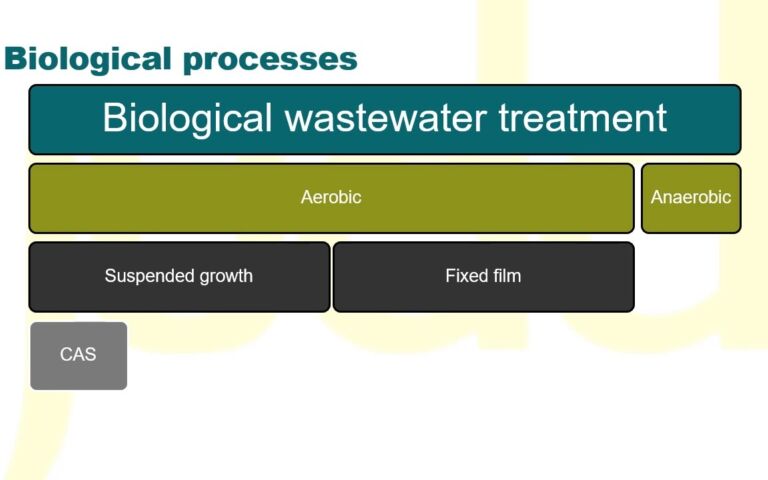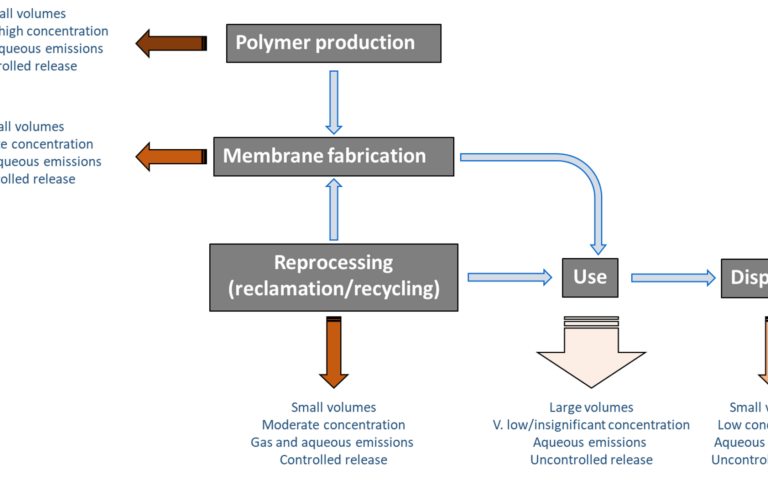The quality of MBR effluent (and life)


Simon Judd has over 35 years’ post-doctorate experience in all aspects of water and wastewater treatment technology, both in academic and industrial R&D. He has (co-)authored six book titles and over 200 peer-reviewed publications in water and wastewater treatment.
According to the great Tom Lehrer, 'Life is like a sewer: what you get out of it depends on what you put in'. In which case, of course, wastewater treatment reflects life.
A big selling point of MBRs is the constant and high wastewater quality − so taken for granted that it hardly features at all in the discussion pages of The MBR Group on LinkedIn. What's more, the membrane pore size hardly seems to make any difference: if there's a lot of non-biodegradable dissolved organics in the feed they'll end up in the permeate whether challenged with an MF or UF membrane. For suspended solids, there's always complete removal either membrane type is used.
However, when it comes down to the sticky subject of viruses there is perhaps some room for debate. The UF suppliers will argue that only such a membrane has pores small enough to remove viruses. The MF suppliers will claim that the protective dynamic layer formed on the membrane ensures adequate virus rejection.
There are a few papers published on virus removal by MBRs. The general conclusion is that unassociated 'free-swimming' viruses can penetrate an MF membrane (which isn't too surprising) and will do so to a lesser extent with a UF membrane. However, under realistic operating conditions the viruses tend to associate themselves with the solids, which means that even a polishing sand filter can achieve 99% virus removal from secondary effluent if operated well. So, we're pretty comfortable about virus breakthrough.
And yet there are still bacteriological positives measured in MBR effluent − simply, it seems, because the huge membrane surface areas encourage biofilm growth on the permeate side. The very thing that is providing high-quality product water is probably responsible for its (very minor and occasional) bacteriological contamination.
An irony which Mr Lehrer would have undoubtedly appreciated.







